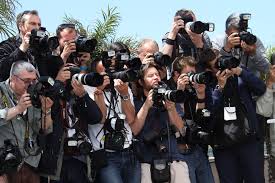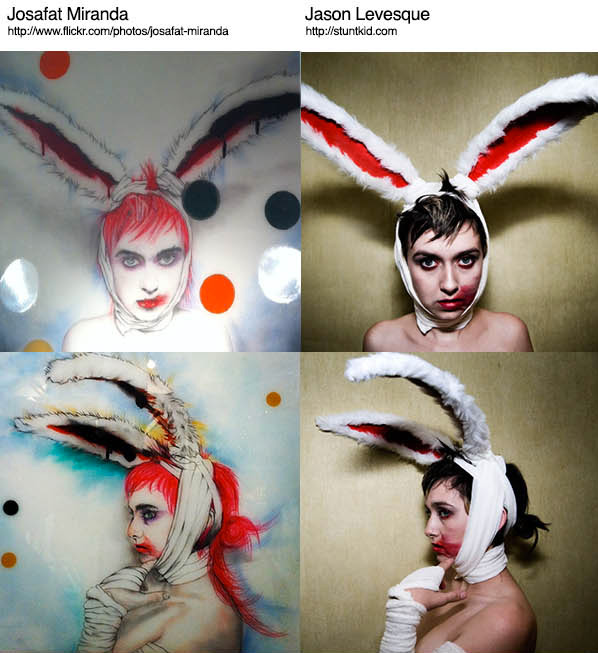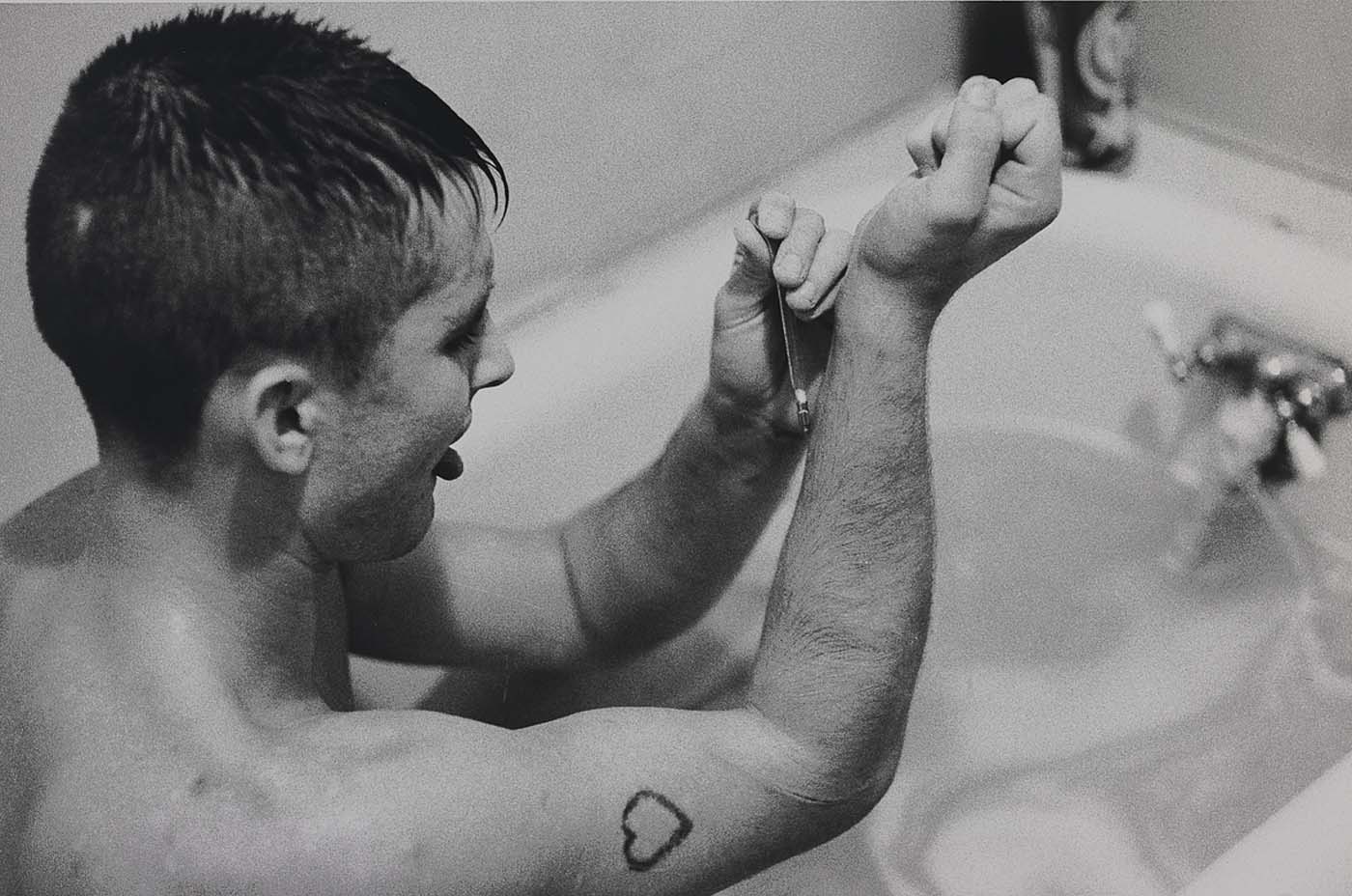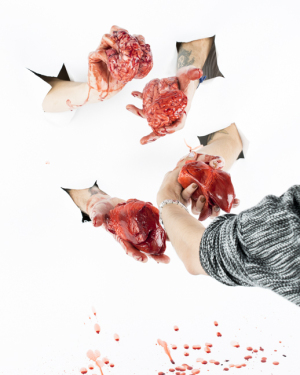
Bill Henson is a renowned Australian artist that has spurred controversy in the art world regarding his photographs of nude children. In 2008 at the Roslyn Oxley9 gallery in Sydney, police seized around 21 photos of naked children and threatened to charge the artist for child pornography. The police raid was initiated by a complaint from a child sexual assault advocate. Henson believes that the photos represented the children in an artistic manner, rather than a sexual one. However, many people thought that the risqué photos of pubescent children were inappropriate and morally wrong. For example, the Prime Minister, Kevin Rudd, said that the photos were “revolting” and did not have artistic merit. However, many members of the art community seem to disagree. Nudity has been a huge component of art for thousands of years. It did not used to be viewed as controversial. However, the art world has changed along with culture. As more incidences of child pornography and exploitation became an issue, nudity became highly regulated and scrutinized in art. Clive Hamilton, formerly of the Australia Institute, wrote on the news website Crikey, “that those who are responsible for sexualizing children have robbed us of the ability to see Bill Henson’s photographs the way he intended.” In other words, because of the corruption in today’s culture, people are much more sensitive to this type of art and see it as controversial and wrong. In the case of Henson, many people argue that his work is purely for the sake of art, not to exploit children. The issue lies in culture, rather than his work. A huge question in art today is whether or not something that is technically pornographic, can be deemed as art. This controversy has been apparent in many artists and photographers throughout history. However, Henson’s case must be examined differently because his nude photographs involve minors. Although these children may have given consent themselves or through their parents, the long-term mental effects that the photographs can have on them can be potentially detrimental. However, according to Henson, his vision for his artwork must involve youth. This is because major themes in his art are adolescence and innocence. He likes to capture a transitional moment in a young persons life in his artwork. In a 2002 documentary about his work, he says “I think that the period between … childhood and adolescence or, you know adolescence in itself, is a really interesting period. It’s a bridge between the world of childhood and the adult world. That thing of having one foot in the world of childhood and one foot in the adult world produces a certain uneasiness, a certain disposition, which I find really interesting.” With this vision in mind, should this type of art be allowed? Or should all risqué photographs involving minors be deemed pornographic and illegal? This is the grey area that is called into question by society. Another interesting controversy that sparked from Henson’s photos is whether or not galleries should employ a rating system for risqué art pieces. Years after the scandal involving Henson’s photos took place, he was invited to show his art at The Art Gallery of South Australia. The gallery wanted to pay Bill Henson a $2000 appearance fee to display his photos at their showcase. However, once again, critics were upset by this. They urged the director of the gallery, nick Mitzevich, to at least put a rating system on the controversial photos so people could be warned about their content. The rating system would be similar to that of movies. This is an interesting idea that attempts to tackle the problem of “pornography” being deemed as art. If there is going to be nude children being displayed, at least provide a rating system. This idea, however, was struck down by the director of The Art Gallery of South Australia. He did not want to put up signs on all of the nude photos and said that he really admires Henson’s work. He did not want to place any sort of censorship on Henson’s pieces because it would potentially take away from the meaning and the beauty of the art itself. However, many people were upset that the director did not want to include a rating system. They found that the paintings were too offensive to allow all ages of people to view them. When more critics wanted him to get rid of Henson’s photos from the showcase, he stated that Henson’s work goes with the dark theme of the showcase and would be a great addition. He said, ”He is one of the world’s leading photographers, who evokes emotion using light and dark and (he) will be showing a brand new body of work. He believes that nudity for the sake of art is a lot different than child pornography and should not be viewed as such. Nudity is not always sexualized in artwork. To the artist, it is just another aspect of beauty and vulnerability. He stated that people have the right to enjoy contemporary art in the way that it was intended. However, the conflict here is whether or not we should put the public or the children’s rights first. University of South Australia child protection expert, Dr Elspeth McInnes, voiced her opinion on the matter, saying “It’s complex, but I think we should always come back to erring on the side of protecting children rather than adults’ right to what they want in public.” Although the public’s rights to enjoy contemporary art may be in some way diminished, many believe that the photographed children’s rights should be put first. Bill Henson’s work, especially his photographs of nude underage children, has been a topic of controversy in the art world. The issues that are debated on are whether or not his work should be considered child pornography and whether or not his work should include a rating system in galleries. The controversies are a reflection of how much art has changed along with the changes in society and culture. Although people have differing views on the topics, these issues represent the overlap of art and crime.







